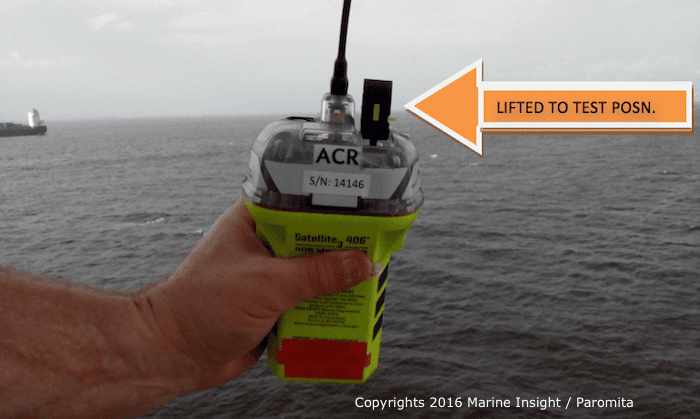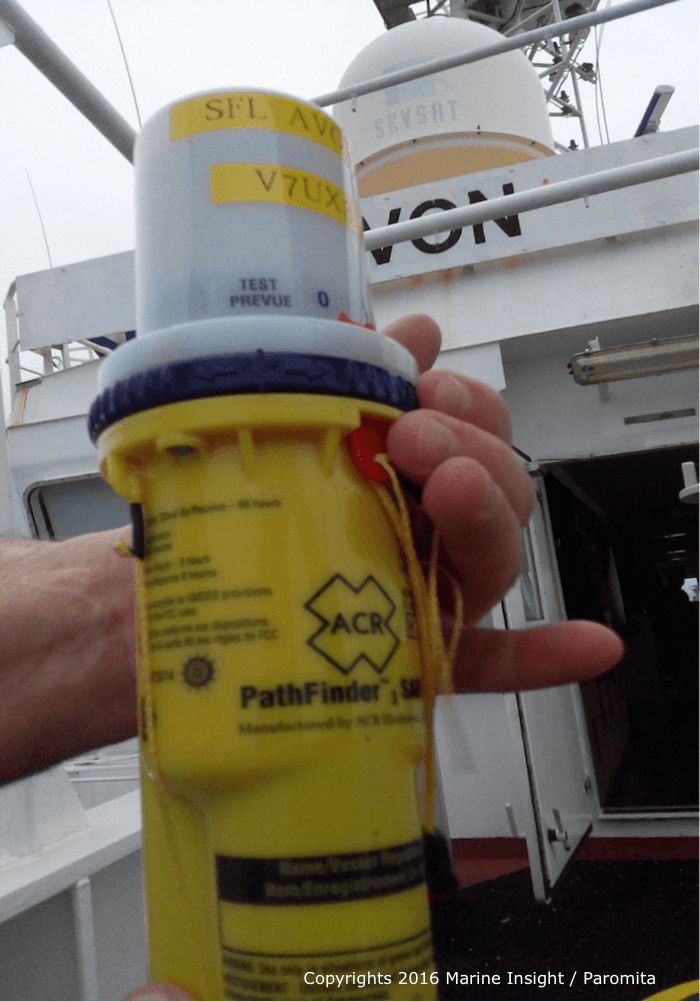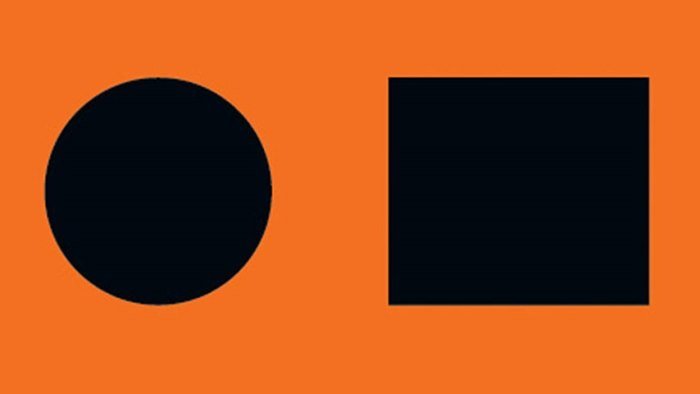

Working at sea might lead to a situation wherein an emergency arises requiring the assistance of another vessel or that of shore authorities. In the off chance that it does lead to this, one must use whatever is available at hand to ensure that the safety of life is not compromised. While there are many methods to ensure that the communication of distress is relayed for immediate help, following are some of the means to attract attention without using pyrotechnics.
For the purpose of clarity with regard to this article, let us classify the marine distress signals under two sections:
1) Pyrotechnic Signals and,
2) Non-Pyrotechnic Signals
These are the means capable of undergoing self-contained and self-sustained exothermic chemical reactionsfor the production of heat, light, gas, smoke and/or sound. These include rocket parachute flares, hand flares, buoyant smoke signals, line throwing appliance etc. Further on this can be read at pyrotechnic signalling.
As opposed to pyrotechnic signalling, these are the methods used without the necessity of an exothermic reaction to attract attention at the time of distress. Following are the means of non pyrotechnic signalling used onboard ships:
1. Orange Signal Flag: Listed under the Annex IV of the IMO International Regulations For Preventing Collisions At Sea, this signal consists of a square flag which has above or below it a ball or any other object that resembles a ball. This flag is hung atop or hoisted on a high pedestal to make it conspicuous to the vessel or aircraft or the entity one needs to attract the attention of. It is an effective means of distress signalling by the day as by the night this become redundant for the purposes of signalling. Orange is the internationally chosen highly visible colour chosen for most visual distress signalling methods.
2. Marker Dyes: In accordance with the Annex IV as mentioned above, a dye marker may be used for the purposes of distress signalling. Such dye is put out into the sea and it ends up colouring the immediate area covering around 50 metres of water.
3. SOS: The universally known SOS as per the Morse Code which basically is the most widely known way to communicate distress. Such a signal sent by radiotelephony or any other method such as sounding it on the ship’s whistle is a non pyrotechnic means of signalling.
4. Radio Signals: As part of the GMDSS, radio signalling is a method of communicating distress at sea. A distress alert may be sent by the Digital Selective Calling methods transmitted on the VHF channel 70 or the following MF/HF frequencies:
5. Mirrors: Better known as a Heliograph, a mirror might be used while onboard and mostly on a survival craft to reflect the sunshine towards the entity that one needs to attract the attention of. These mirrors not only reflect the light to pinpoint the location of the emergency but are also non-corrosive at the same time. This helps to prolong their usage for a longer period of time.
6. Continuous sounding on the fog signalling apparatus onboard is a way to communicate distress
7. When the word “Mayday” is communicated verbally via radiotelephony, it indicates distress
8. As per the International Code of Signals (INTERCO), the flag NC indicates distress
9. Slowly and repeatedly raising and lowering arms outstretched to each side indicates distress
10. A ship to shore distress alert which is transmitted by the ship’s satellite communication system (INMARSAT) or any other mobile satellite service also termed as the ship earth station. This is a quick and instant method to let Search and Rescue Authorities to know of a distress situation
11. Signals transmitted by the Emergency Position Indicating Radio Beacon (EPIRB) indicate distress


12. Signals transmitted by the Search and Rescue Radar Transponder (SART) also indicate distress


13. A piece of orange coloured canvas with a black square and a circle or other appropriate symbol which may be identified from air may be used to communicate distress


14. In old practice, an inverted national flag hoisted was also considered a means to communicate distress
15. A floating man – overboard pole or Dan Buoy (a compact, self-contained device, specifically designed to make rescue and recovery a simpler operation. There is no need to set or activate the SOS. Dan Buoy – just throw it into the water, towards the person overboard) can be used to indicate that a person is in distress in the water and is ordinarily equipped with a yellow and red flag (international code of signals flag “O”) and a flashing lamp or strobe light.
The INTERCO and the IAMSAR Vol III must be read thoroughly to familiarise oneself with myriad means to communicate and assist in times of distress. All the above signals must be adhered to in order that they might be used to indicate distress only so that they are not confused with any signalling. All non-pyrotechnic methods of signalling need to comply with the USCG standards in order to be utilised. In fact, any method may be used at the time of emergency that is out of the ordinary to indicate that there is a problem onboard; flames on a vessel wherein a barrel is set on fire to attract attention or inverting the sails (old practice) are some of them.
Pyrotechnic signals are visual and attract immediate attention to the casualty of the distressed vessel or persons. However, with the advancement of technology, quicker and better means of communicating distress have come about and the ship’s crew must be thorough with each and everyone of them. Recurrent and a firm drill system must be put in place and executed with diligence to ensure swift action in the event of an emergency.
Disclaimer: The authors’ views expressed in this article do not necessarily reflect the views of The Marine Learners. Data and charts, if used, in the article have been sourced from available information and have not been authenticated by any statutory authority. The author and The Marine Learners do not claim it to be accurate nor accept any responsibility for the same. The views constitute only the opinions and do not constitute any guidelines or recommendation on any course of action to be followed by the reader.
The article or images cannot be reproduced, copied, shared or used in any form without the permission of the author and The Marine Learners.










We believe that knowledge is power, and we’re committed to empowering our readers with the information and resources they need to succeed in the merchant navy industry.
Whether you’re looking for advice on career planning, news and analysis, or just want to connect with other aspiring merchant navy applicants, The Marine Learners is the place to be.